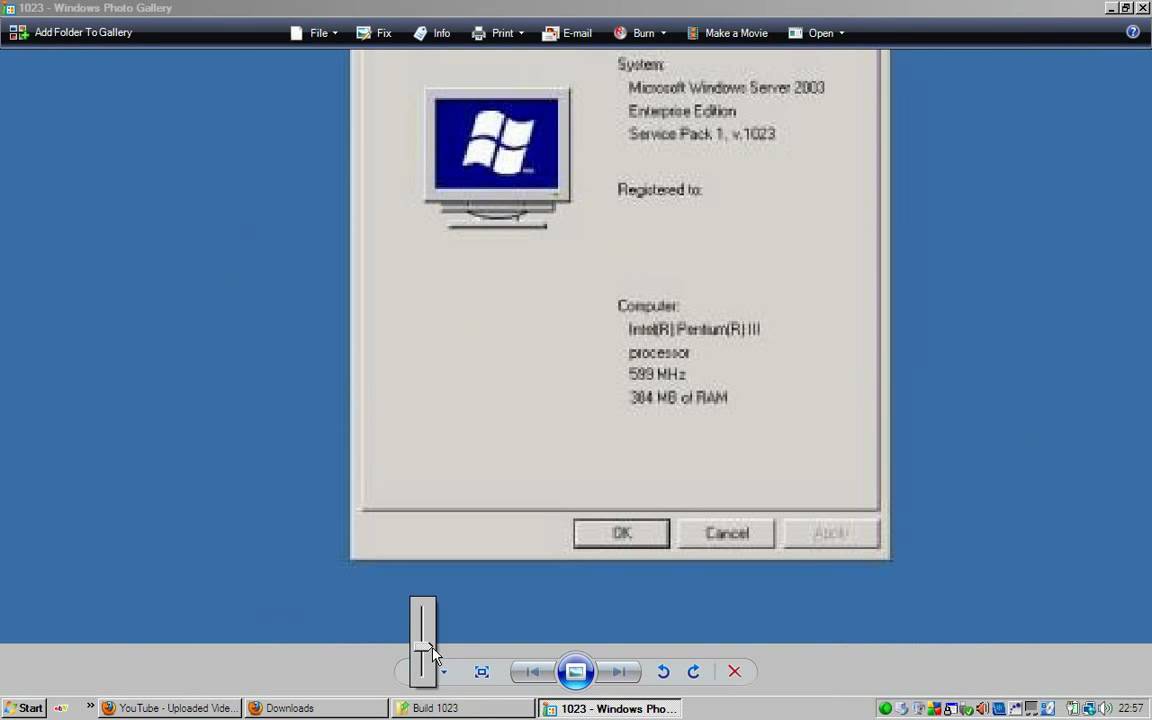
6 Growing concerns about SMBG accuracy have prompted the development of newly proposed ISO criteria, whereby acceptance criteria for accuracy (criterion A) require that ≥95% of the individual BG results fall within ☑5 mg/dl of the results of the manufacturer’s reference procedure at BG concentrations <100 mg/dl and within ☑5% for BG values ≥100 mg/dl. 5 A study found that 16 of the 27 SMBG systems tested did not meet ISO criteria.


However, although these systems have received FDA clearance, they do not all consistently meet the requirements outlined in International Organization for Standardization (ISO) 15197:2003(E) criteria for SMBG system accuracy from lot to lot. Food and Drug Administration (FDA) as safe and effective, it is generally assumed that these systems are equal in providing accurate test results. Although several variables (e.g., user technique) are known to affect the accuracy of SMBG results, the inherent accuracy and lot-to-lot variability of the SMBG systems themselves are often not considered in clinical practice.īecause all SMBG systems marketed in the United States must be approved by the U.S. Self-monitoring of blood glucose data are frequently used in clinical decision making, thus it is critical that SMBG systems consistently provide accurate results.

Studies have shown that SMBG use is beneficial in achieving improved glycemic control in people with type 1 diabetes mellitus (T1DM) 1 and type 2 diabetes mellitus (T2DM). An important component of diabetes management is use of self-monitoring of blood glucose (SMBG) to detect and treat glycemic excursions (hypoglycemia and hyperglycemia) and to guide pharmacologic therapy and health behaviors.


 0 kommentar(er)
0 kommentar(er)
